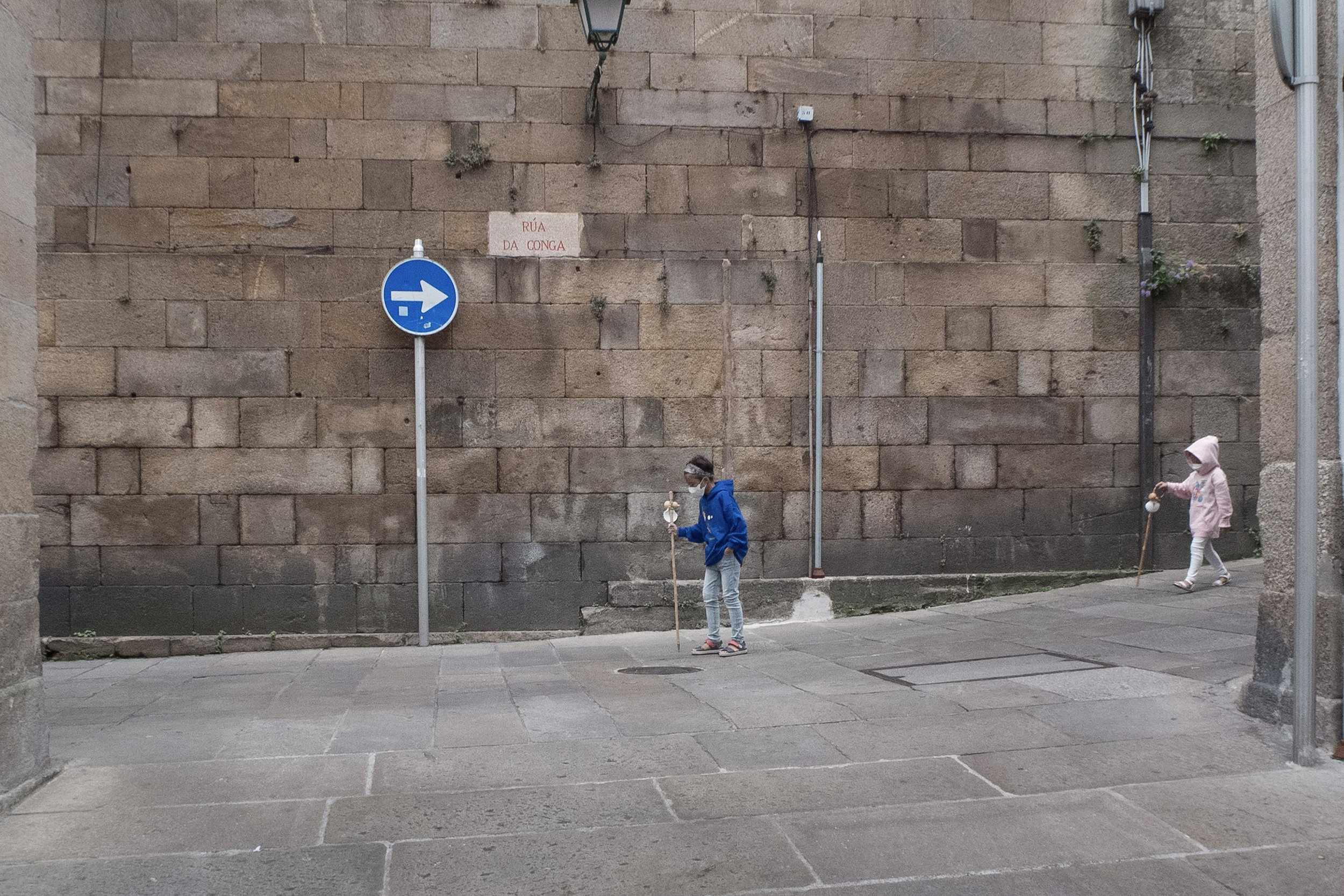I’ve long been drawn to stories of the long-distance pilgrimage walking route (Camino de Santiago) from the French Pyrénées to Galicia across northern Spain but had always assumed that it was not for me because of the time and distance involved. After visiting Portugal in 2020 however, I became aware that there is a similar significant pilgrimage path from Lisbon to Santiago and after a bit of research concluded that the 124km section of the ‘Portuguese Way’ from Valença (just on the Portuguese side of the border) up to Santiago would be a realistic possibility in terms of my walking capabilities and the time needed to make the journey. The research also highlighted the fact that it is both scenic and fascinating.
The opportunity to walk this part of the Way presented itself in the summer of 2021. With an admittedly secular intention to enjoy the stunning scenery and local culture found along the route, tempered by a reverential acknowledgement of the spiritual and soulful resonances that such an undertaking implies, my partner and I arrived by train in Valença that August and found our way into the fortress-like old town to commence the walk.
The international border at this point is in the form of the River Minho and there is a dramatic bridge connecting the Portuguese city to the equally scenic and historic city of Tui on the Spanish side. Although large numbers of Spanish tourists visit Valença (especially on Sundays when Spanish shops are closed) to buy from the prolific textile outlets in the old town, we found that certain residents have a strong preference for being left undisturbed.
The Camino proper began with an early morning crossing of the MInho and auspicious encouragement from a kind Tui resident.
The Camino route is an easy one to follow with distinctive scallop shell waymarks providing a regular reminder of the distance to travel to reach Santiago. Village churches and the occasional pilgrim-oriented cafes provide welcome breaks from the focus on meditative walking as the miles pass by. Photography can no longer be the journey’s primary focus, though with a bit of discipline the mobile phone can be a useful tool to record the places or moments that catch the eye. I’ve created a Camino photobook (with full-screen, full-book preview) on Blurb, where there’s space to show the journey in detail, but for this blog I’ve chosen only a few random images that evoke the time and place.
Some wonderful small towns and cities lie on the route of the Potuguese Way and after an early start with the walking it’s possible to reach the day’s destination by mid to late afternoon and then enjoy a relaxing time exploring and searching for interesting sights and unexpected pleasures. Pontevedra in particular offered treats such as a seaside break, street performers and a free open air evening concert of Galician folk music.
Caldas de Reis is a delightful small river-side town known for it’s thermal waters. Some top quality street art could be found by taking the time to explore.
Finally, after a 26km last leg, the emotional entry into the city of Santiago’s magnificent cathedral; the focus of journeys for hundreds of years by so many pilgrims both young and old and from all points of the compass.










